What You Need to Know About Heel Spurs
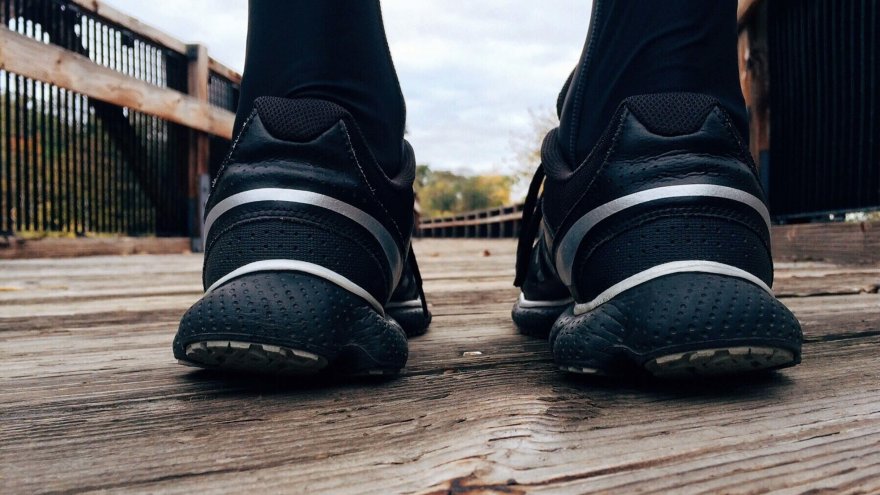
Where do we start when we talk about Heel Spurs? The feet are probably the essential body part for everyone, whether you are an athlete or not. They are the joints that work the hardest and support our entire body weight. For this reason, the foot and ankle area commonly injured body part. People who regularly stand during their jobs such as nurses and construction workers, are usually the victims of foot pain. Distance running is a sport that requires constant pounding on the ground with our feet, creating significant pressure that leads to foot pain as well. Depending on many biomechanical factors and foot care regimens, several diagnoses can occur in the foot and ankle joint in runners.
The most common diagnosis in runners’ feet is plantar fasciitis. This condition often mimics other issues in the foot, such as tendonitis and bone spurs. Symptoms for this condition are usually a pain in the arch and heel of the foot that is worse in the morning when first walking or after prolonged sitting. Once it warms up after several steps, the pain eases. Running is usually painless with plantar fasciitis, whereas, with other conditions, such as bone spurs and stress fractures, the pain will limit running. Therefore this condition is likely almost ignored in runners since they are usually able to get through their training without pain. Over time the pain from plantar fasciitis will worsen and can lead to other issues such as tears and chronic inflammation that will be debilitating at all other times of the day.
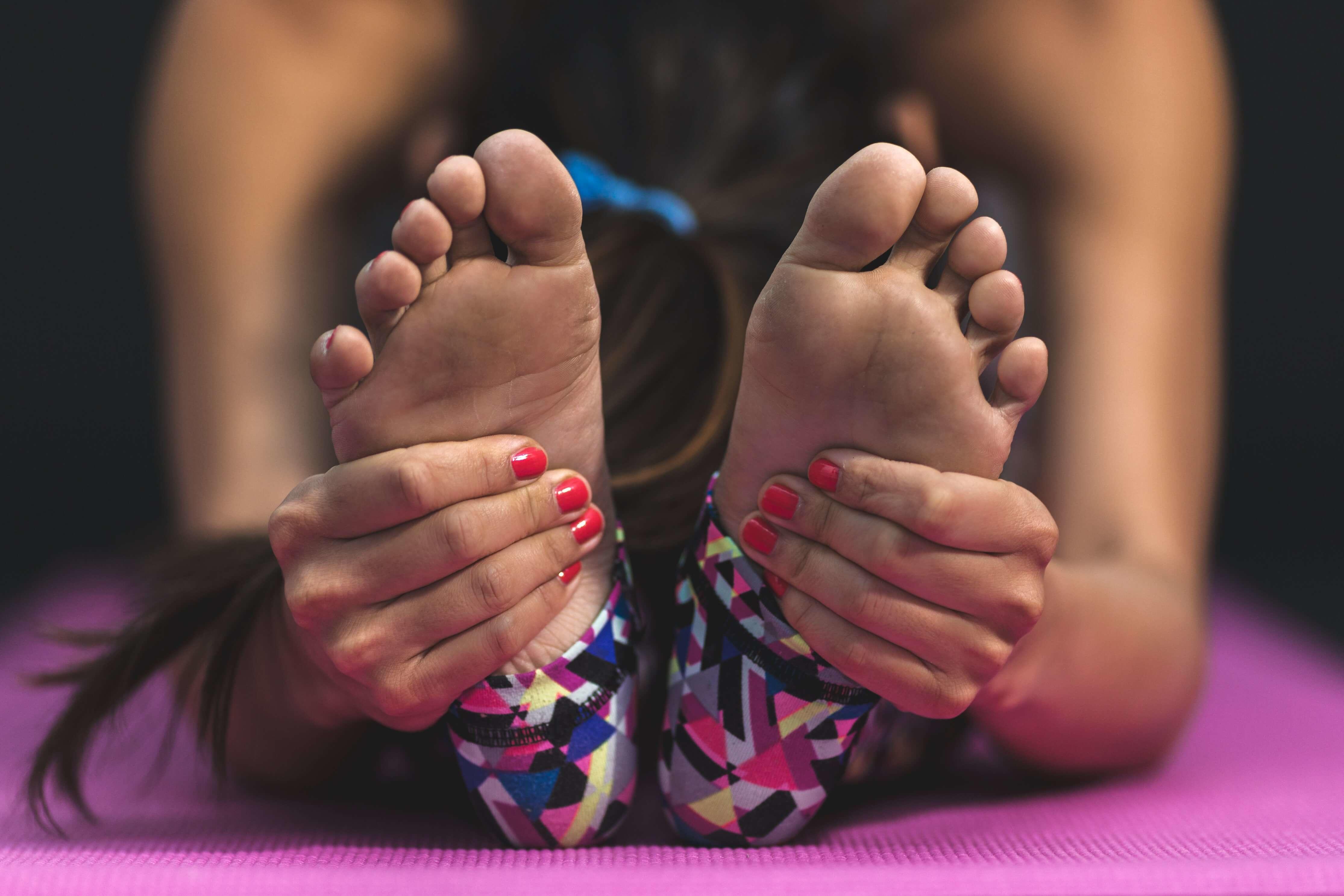
Plantar Fasciitis or Heel Spur?
Most runners will look up their foot symptoms and diagnose themselves with plantar fasciitis and begin managing their pain with what they find under this condition. The conventional treatment strategies for plantar fasciitis consist of icing, rolling a tennis ball under the foot to loosen the tension, and stretching the calf muscles. These are right treatment strategies for most foot conditions, but if the pain does not seem to relieve and running becomes challenging to get through, most likely, the issue is not plantar fasciitis.
Heel spurs are a calcium deposit that causes a bony lump and is a common finding in X-rays. Almost 40% of people have heel spurs, but are not even aware, because most do not have any pain at all. The pain of heel spurs is only present when it is in the process of growing unless there is a great deal of inflammation in the surrounding areas. Heel spurs are caused by prolonged straining of ligaments and tendons in the foot, excessive stretching of the plantar fascia, or tears in the protective tissue of the heel bone itself. It is safe to say that poor treatment and chronic plantar fasciitis can most definitely lead to the formation of a heel spurs.
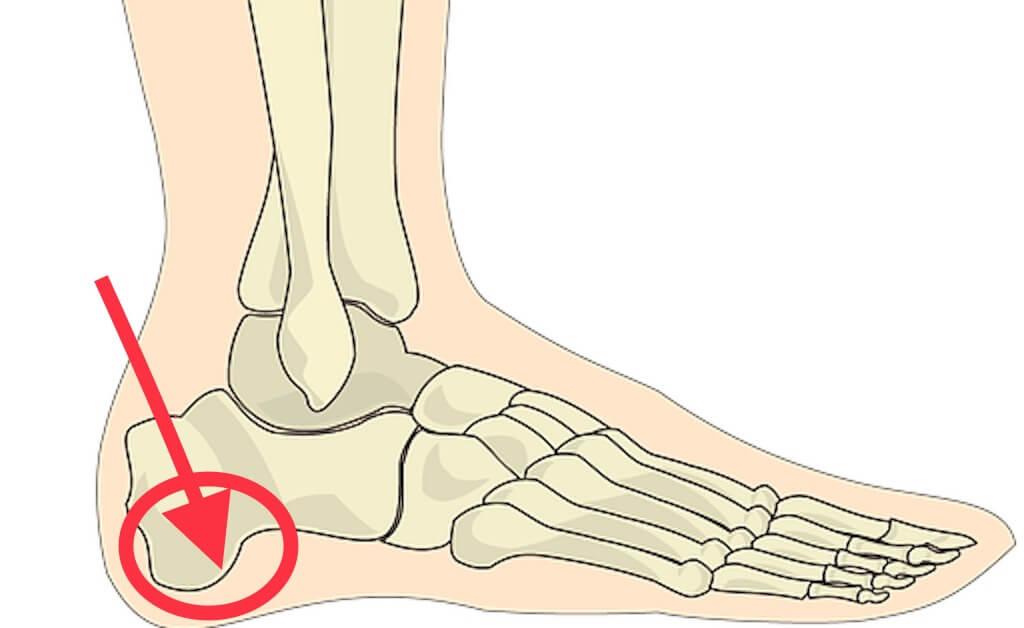
Risk Factors & Treatment Options
Besides being a runner, other risk factors for developing heel spurs are being overweight, wearing improper or badly worn shoes, having high arches or flat feet, and gait mechanics involving excessive pronation. Of course, it is ideal for preventing heel spurs formation, so making sure to rotate and change running shoes frequently and maintaining a healthy body weight are the most available strategies. Once the heel spurs begin growing, and it is causing pain, it is essential to prevent the continued formation of the spur. It is only possible if you can stop training for several weeks so that all pressure on the foot can be relieved. In most cases, the foot is placed in a boot or other brace for two to six weeks.
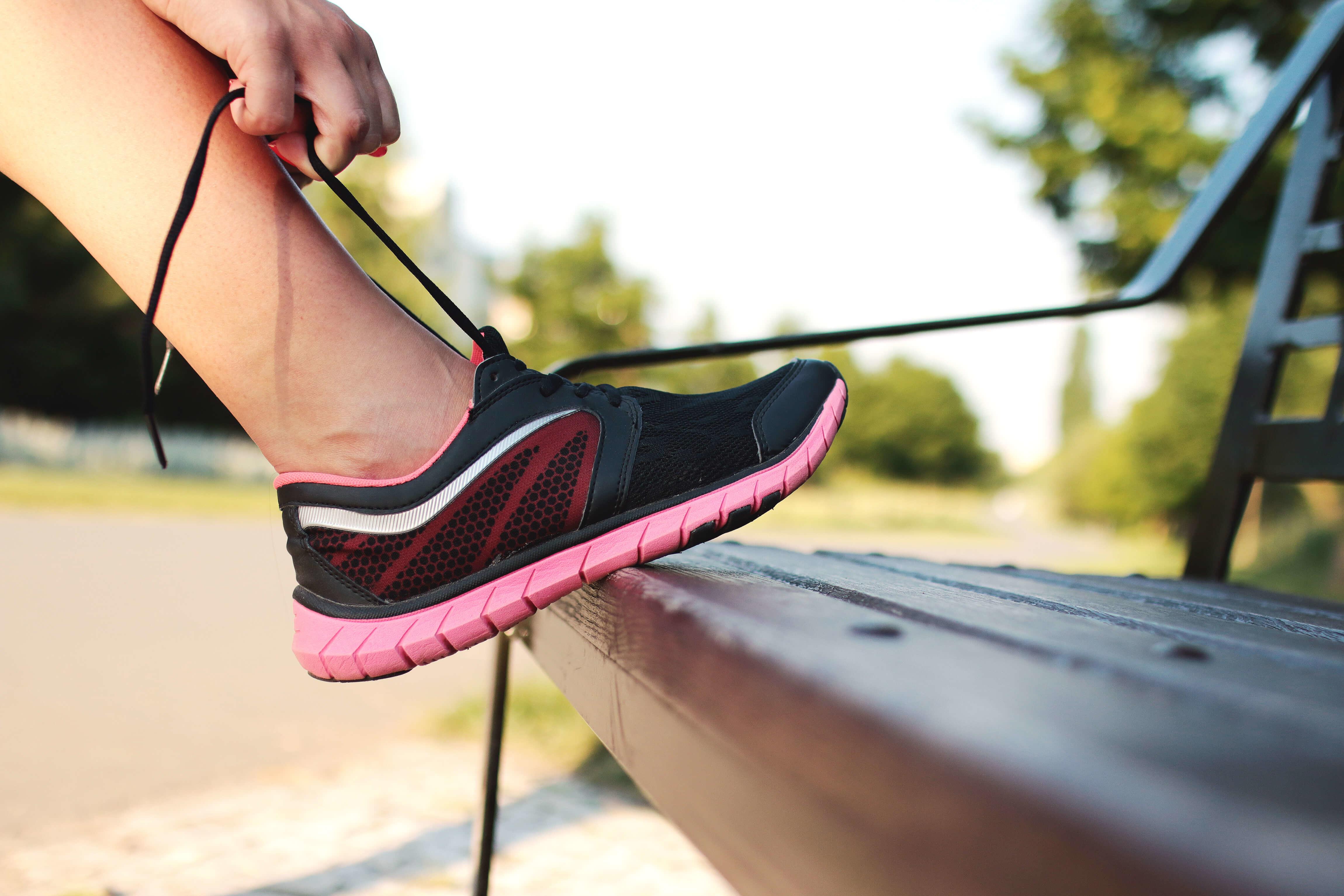
Treating While Training
Decrease Pressure & Inflammation
If an athlete is unable to be immobilized or chooses not to stop their training, the only remedy is to take as much pressure off of the spur itself during the activity. Orthotics such as gel heel cushions can be helpful, although it can sometimes increase the strength on the spur. The best approach is to cut a hole in the orthotic insert where it would be applied on the spur so that pressure is taken off of the painful area during running. Besides this “active immobilization”, the next treatment approach is to include modalities to decrease inflammation. Icing several times per day is necessary, especially immediately after running or any activity that exacerbates the pain.
Improve Flexibility
As with any diagnosis, it is always essential to understand the cause of your condition to treat the issue properly. If the purpose of the heel spur was chronic plantar fasciitis, as is the most common cause for runners, then treating the plantar fascia tightness is the first plan of action. Rolling your foot over a tennis ball or other massage tool is a perfect way to loosen the fascia and break up any adhesions. Using a cold water bottle for a few minutes, in the same way, will do the massage and icing all at once to save time! Another self-stretch technique for the plantar fascia is the pull the toes up towards the shin to feel a stretch on the arch of the foot. It can also be done in a standing position placing weight through the toes for a stretch. A common cause of plantar fasciitis is tightness in the calves and Achilles tendon, so proper stretching for these muscles is essential before and after running.
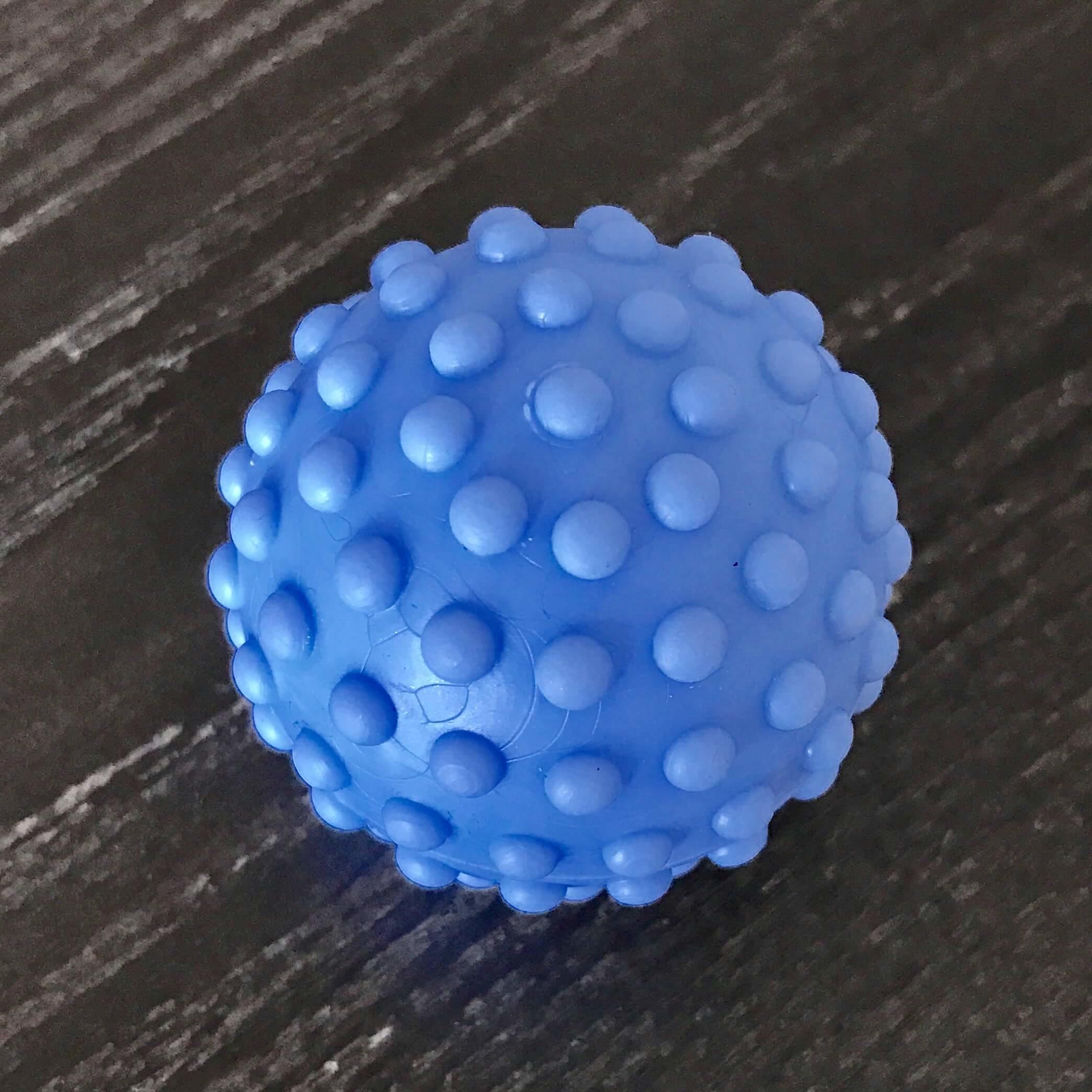
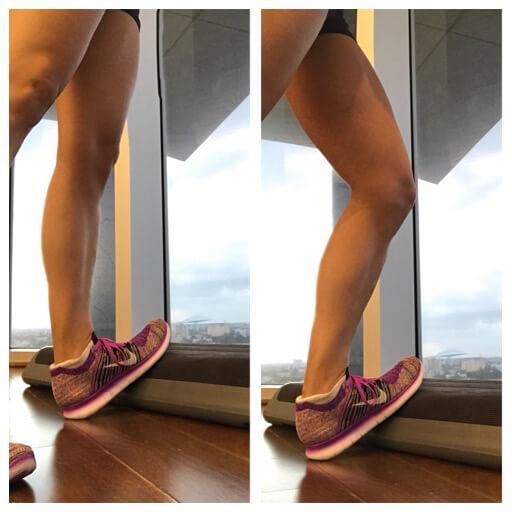
Improve Strength
The next treatment approach should focus on strengthening the weak ankle and intrinsic foot muscles. Calf and dorsiflexor (the muscles along the shin bone) strengthening is essential for ankle stability, but it is the weak tiny foot muscles that are commonly overused, causing plantar fascia problems. Easy exercises for these muscles are “gripping” movements such as placing a small towel on the floor and trying to pick it up with the toes while the heel remains planted on the ground. Ankle exercises, such as the ones below with a resistance band, will help target the higher stability muscles. After a few weeks of these basic exercises, it is beneficial to include movements while standing on an unstable surface. A balance disc is an excellent tool for lower body moves such single leg squats and leg lifts, or single leg standing while performing upper body exercises. A night brace for plantar fasciitis is also a good option.
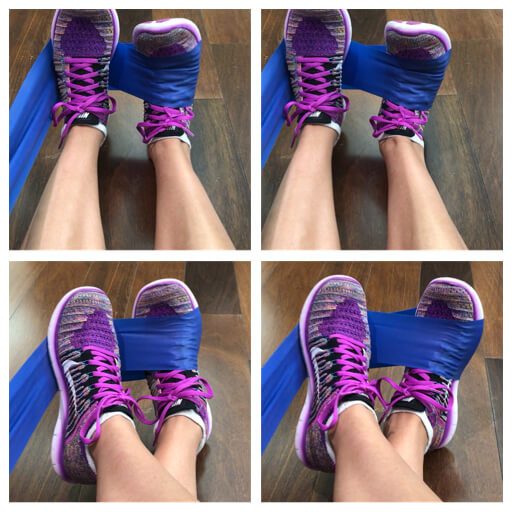
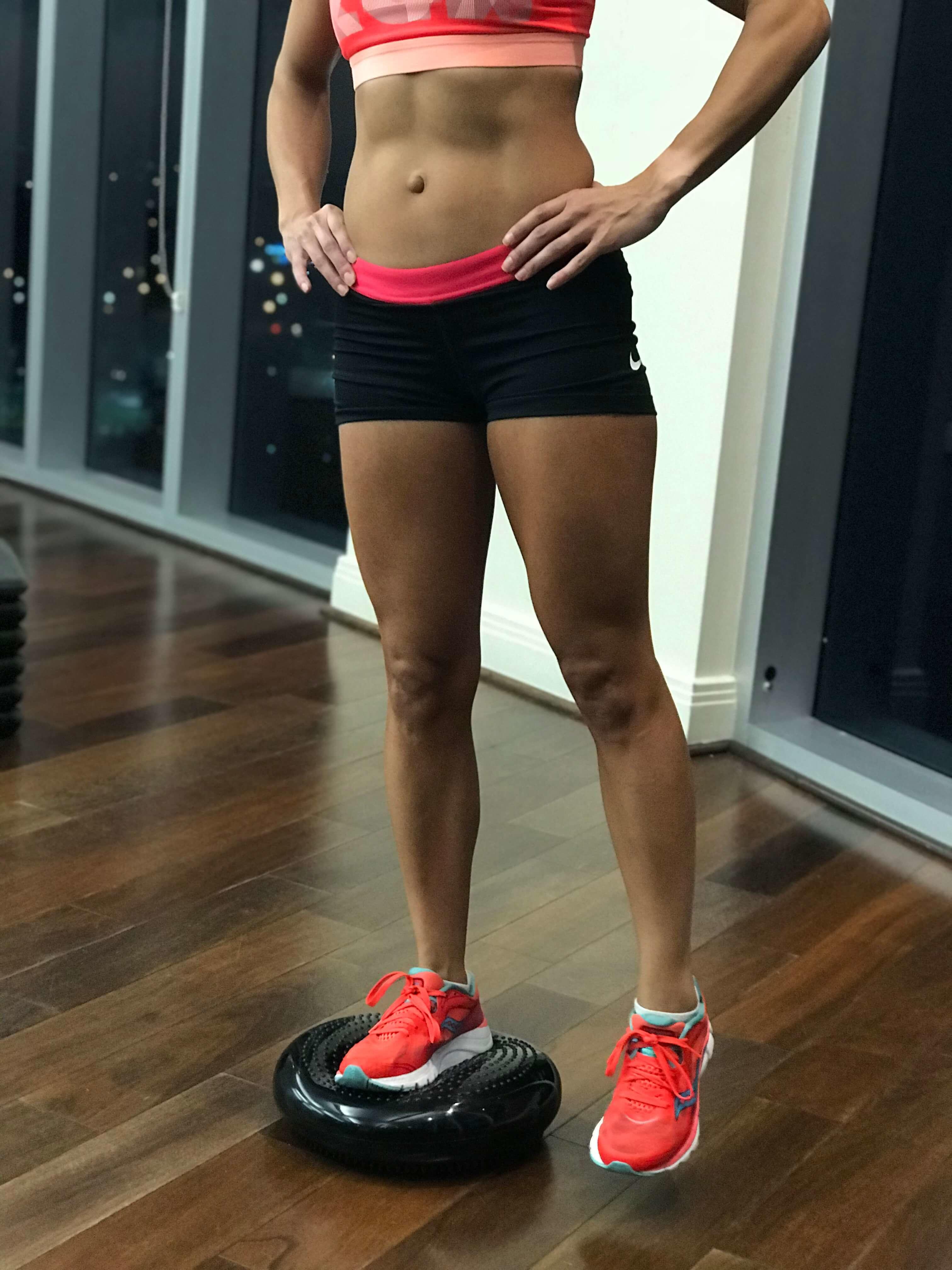
Although the ideal treatment strategy for a heel spurs is to stop the formation with immobilization, athletes do have the choice of approaching treatment while continuing to train. Pain management is the obvious goal, but the exercise portion of the treatment plan is the most important, as heel spurs will end up continuing to form if the cause is not addressed. Keep in mind that the heel spurs are not the cause of the pain; it is the growth process that hurts. Foot pain is not always plantar fasciitis, so it is essential to note the differences to take care of the problem. The response to foot pain for runners should never be to ignore it and push through the pain because as mentioned above, the feet are the foundation of the body. Poor foot care will only lead to issues and pain elsewhere and most likely time off of training.
Sources
Latest Articles
 Is Running on a Treadmill Easier Than Running Outside?Runners have their own preferences, whether it is treadmill running, running outside on the road, or exploring trails. So...
Is Running on a Treadmill Easier Than Running Outside?Runners have their own preferences, whether it is treadmill running, running outside on the road, or exploring trails. So... Is It OK to Use Trail Running Shoes on the Road?While trail running shoes can be used on roads, especially in situations where a runner encounters mixed terrains or pref...
Is It OK to Use Trail Running Shoes on the Road?While trail running shoes can be used on roads, especially in situations where a runner encounters mixed terrains or pref... How to Fix Sore Quads After Running?Rest, ice, gentle stretching, and over-the-counter pain relievers can help soothe sore quads after running. Also, ensure ...
How to Fix Sore Quads After Running?Rest, ice, gentle stretching, and over-the-counter pain relievers can help soothe sore quads after running. Also, ensure ... 10 Fruits With The Most Electrolytes to Replace Sports DrinksThese fruits are high in electrolytes such as potassium, magnesium, and calcium, essential for hydration, muscle function...
10 Fruits With The Most Electrolytes to Replace Sports DrinksThese fruits are high in electrolytes such as potassium, magnesium, and calcium, essential for hydration, muscle function...

